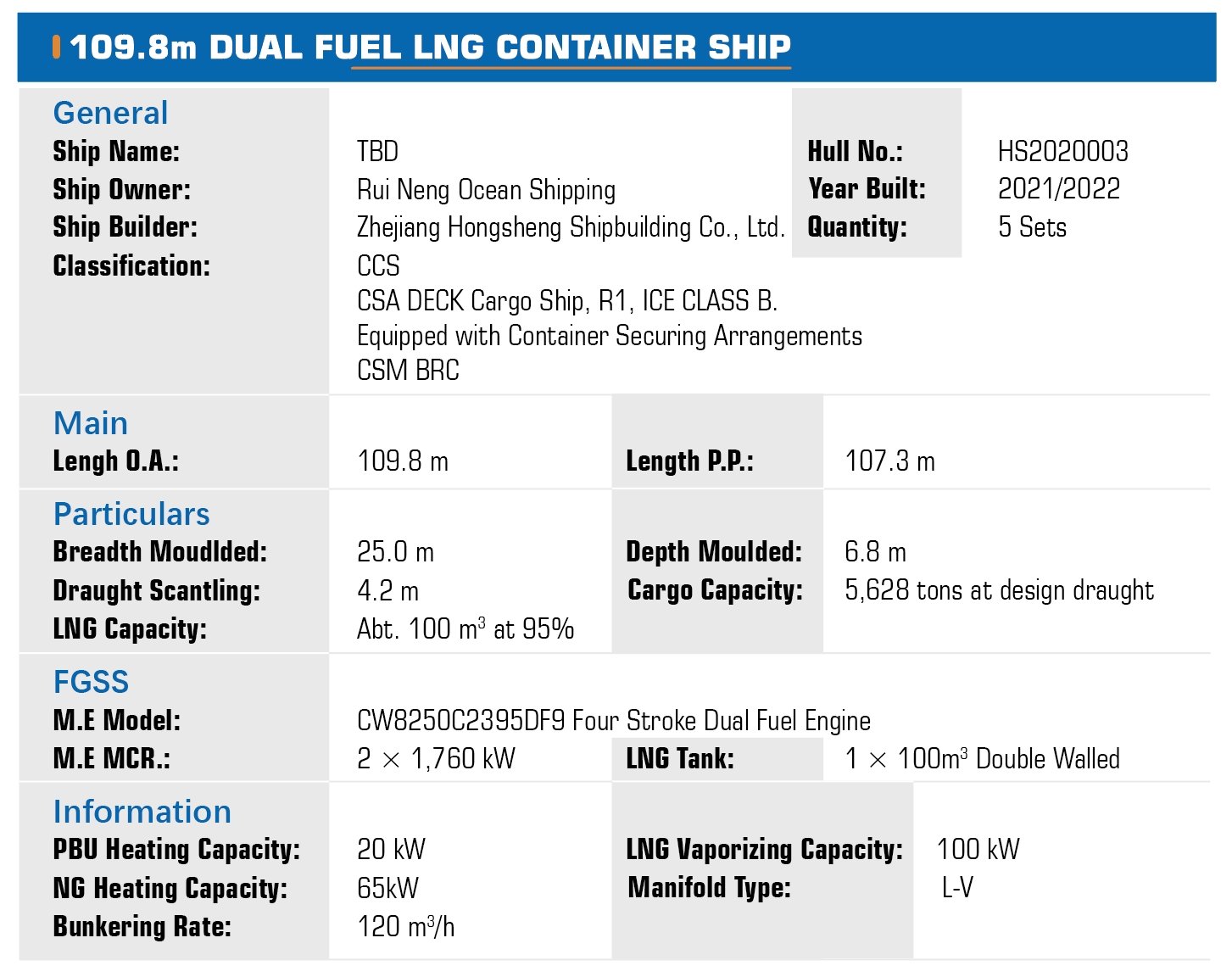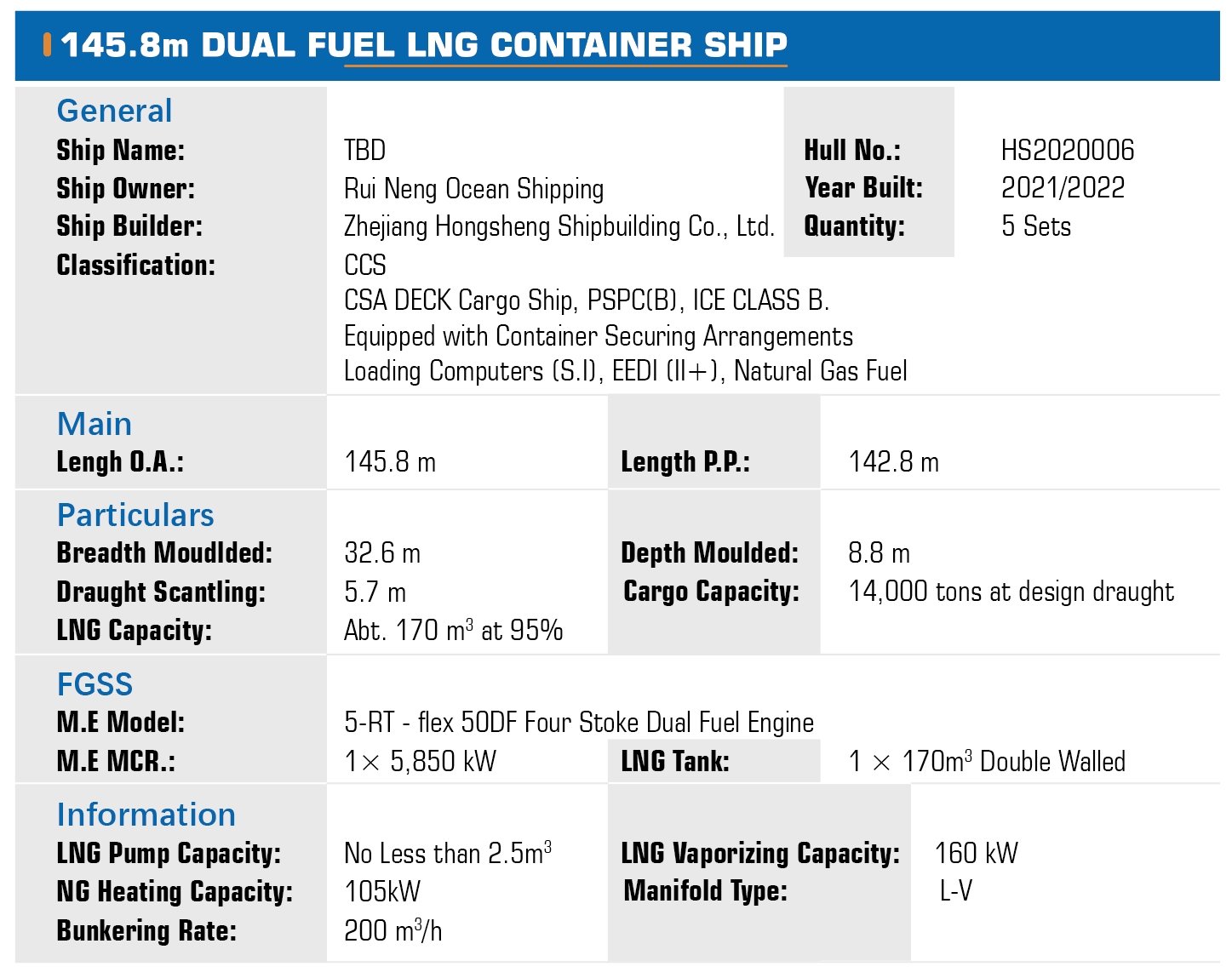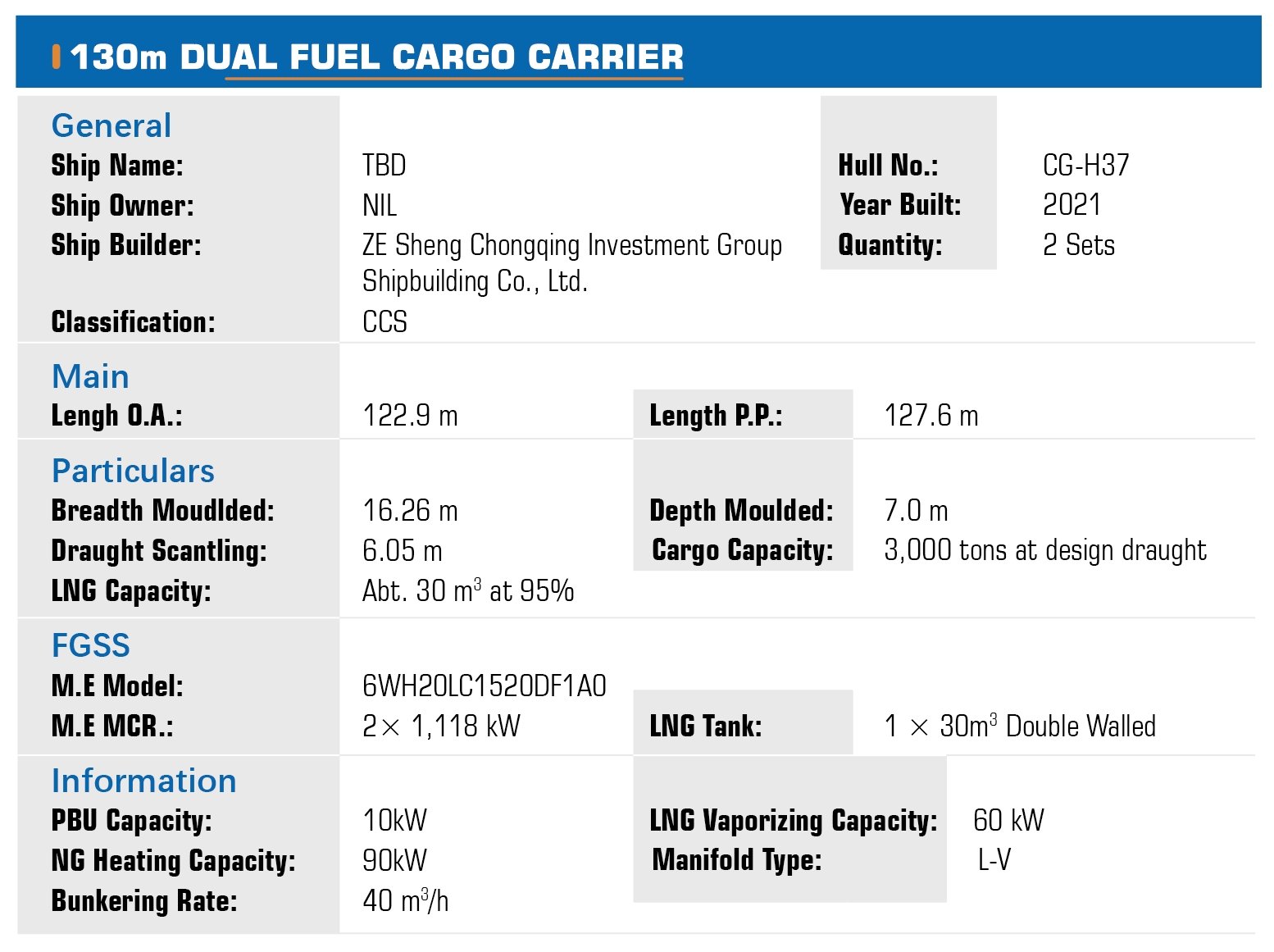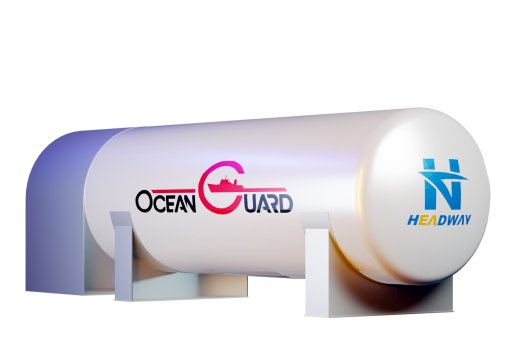OceanGuard® Fuel Gas Supply System
OceanGuard® Fuel Gas Supply System(FGSS)is an independent intellectual property of Headway. Utilizing the resources of leading research institutes and universities, Headway is providing an advanced solution that is compatible with Medium-Speed/Low-Speed Dual-Fuel marine engines, inland river single/dual-fuel engines, and generators.
- INTRODUCTION
- SOLUTIONS
- REFERENCE
- Online Inquiry
Compared with conventional marine fuels, LNG fuel can reduce at least 20% of carbon emissions, 85% of NOx emissions, and 99% of SOx emissions. Also, LNG can increase the ship energy efficiency design index (EEDI) by 20%.
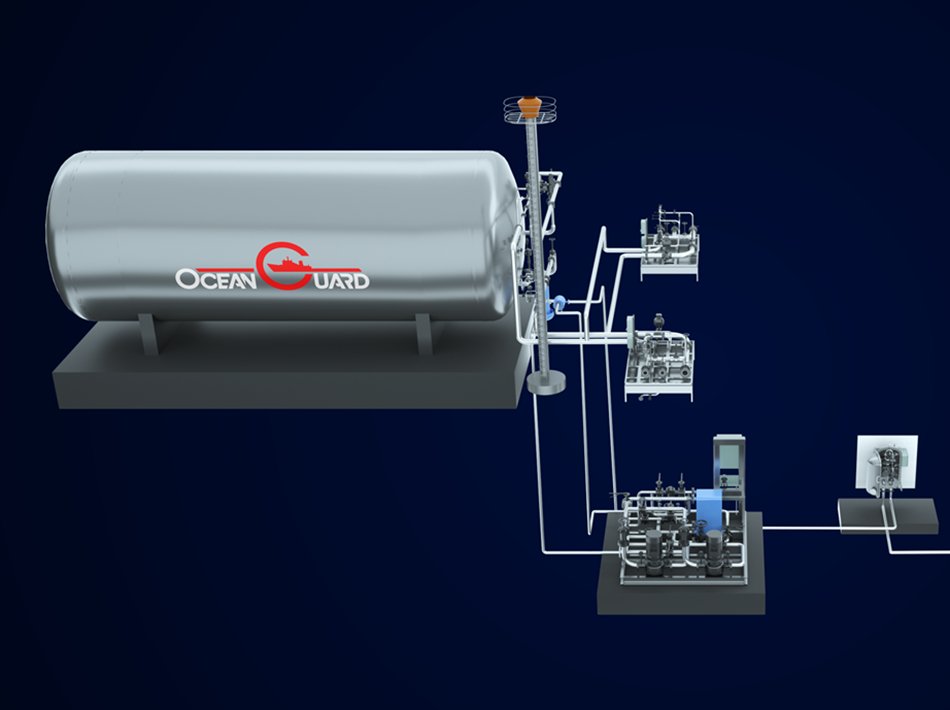
OceanGuard® Fuel Gas Supply System(FGSS)is an independent intellectual property of Headway. Utilizing the resources of leading research institutes and universities, Headway is providing an advanced solution that is compatible with Medium-Speed/Low-Speed Dual-Fuel marine engines, inland river single/dual-fuel engines, and generators.
【Self-Pressure-Built-Up FGSS】
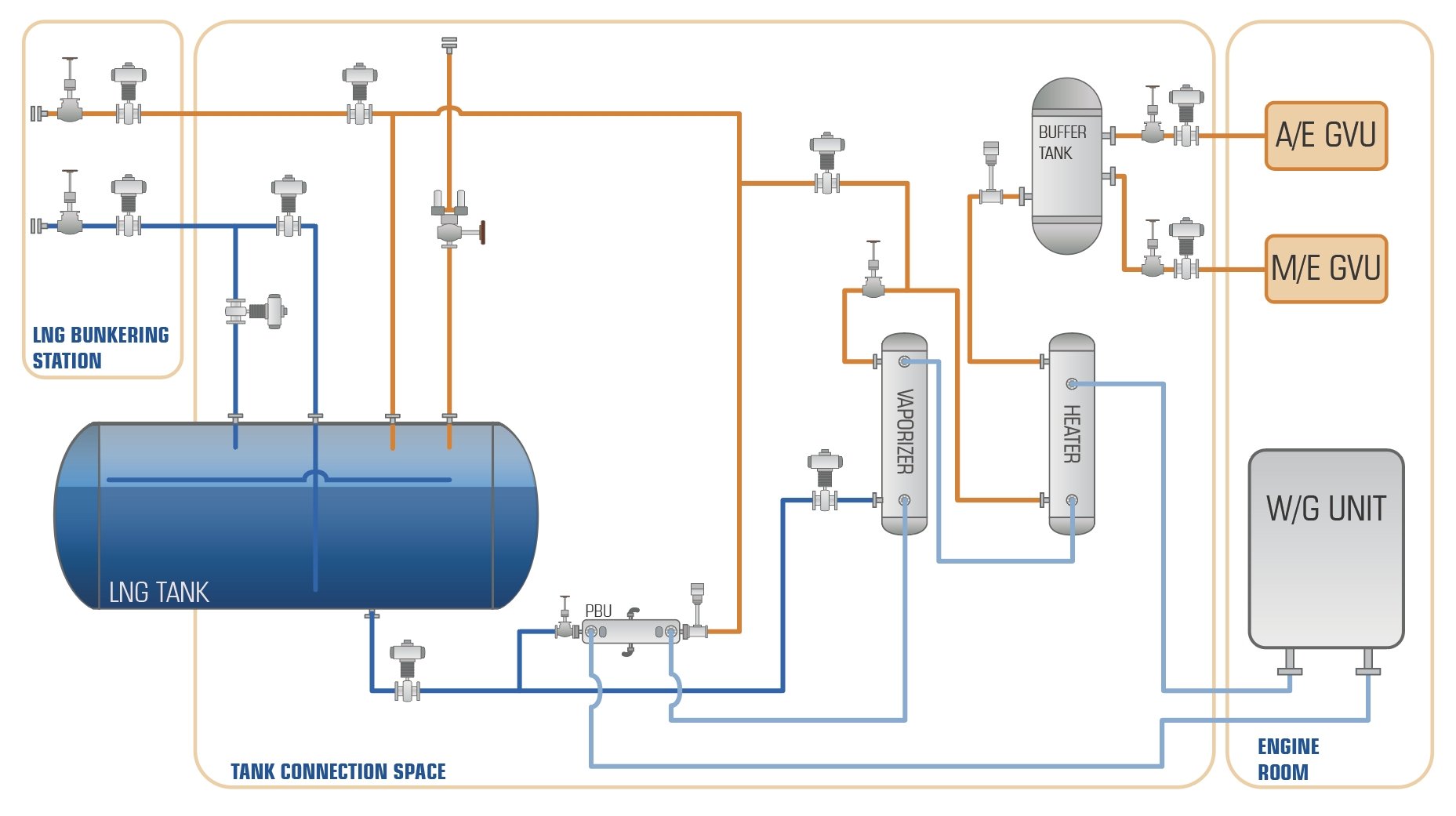
【Low/Medium Pressure FGSS】
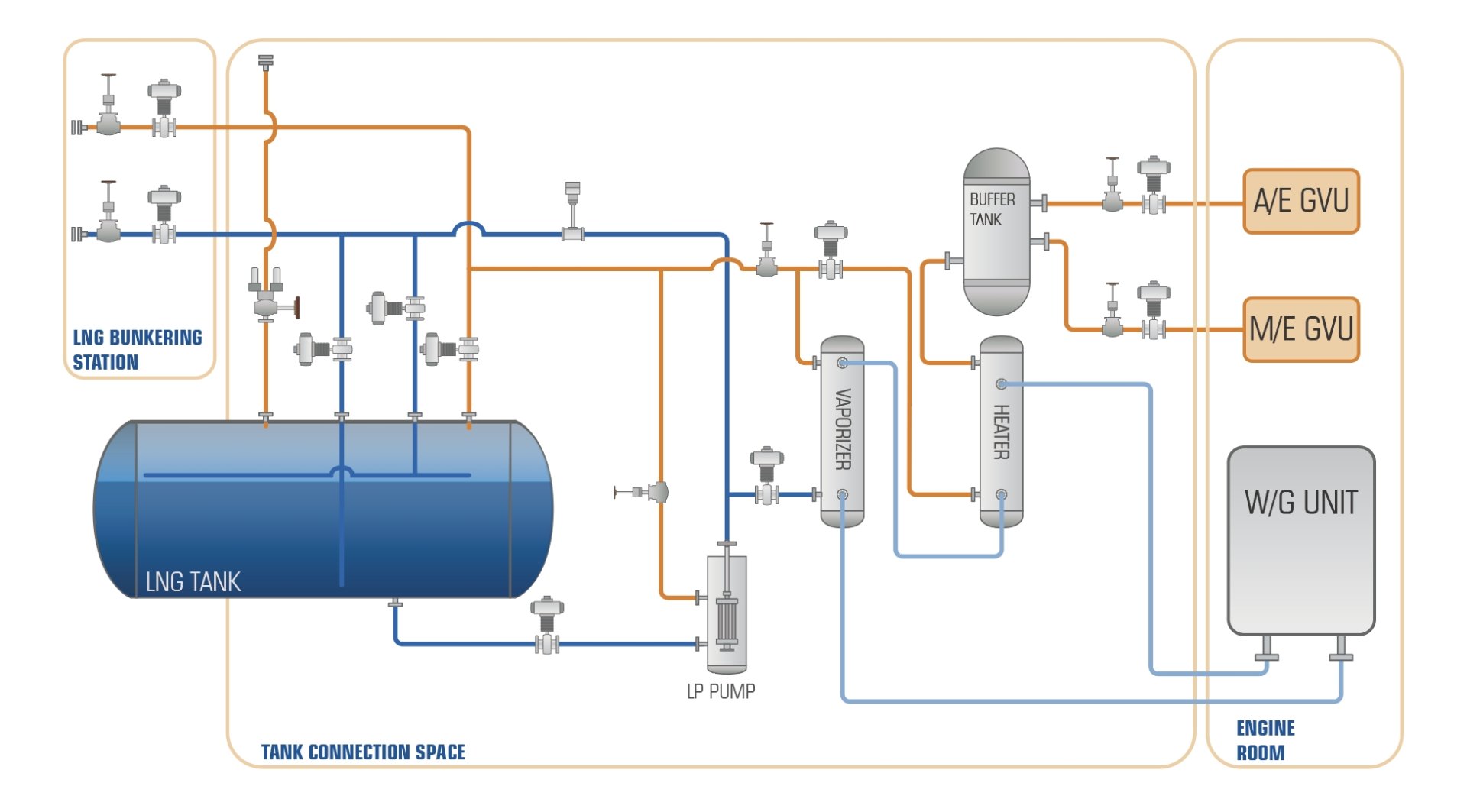
【High-Pressure FGSS】
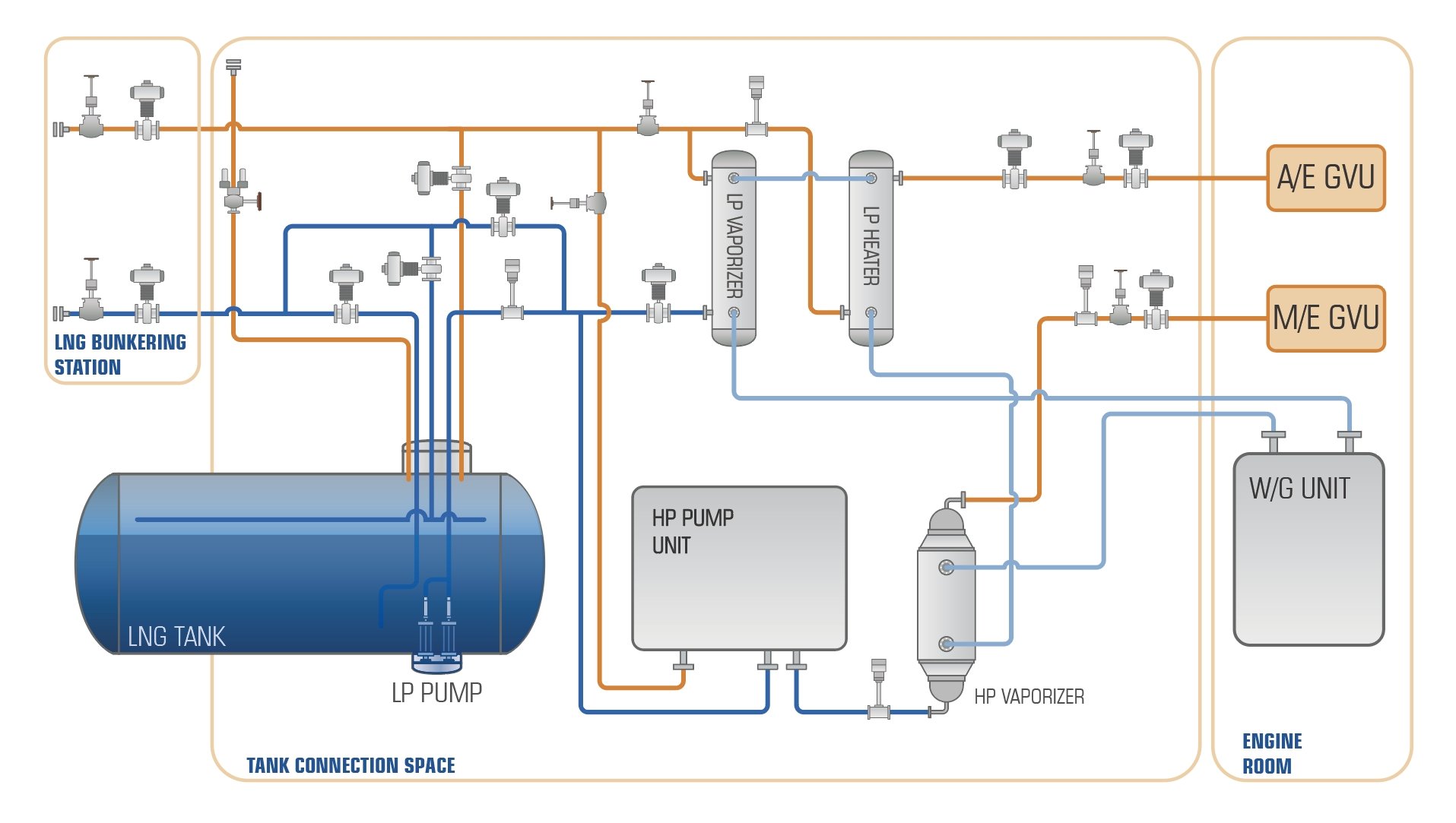
【BOG FGSS】
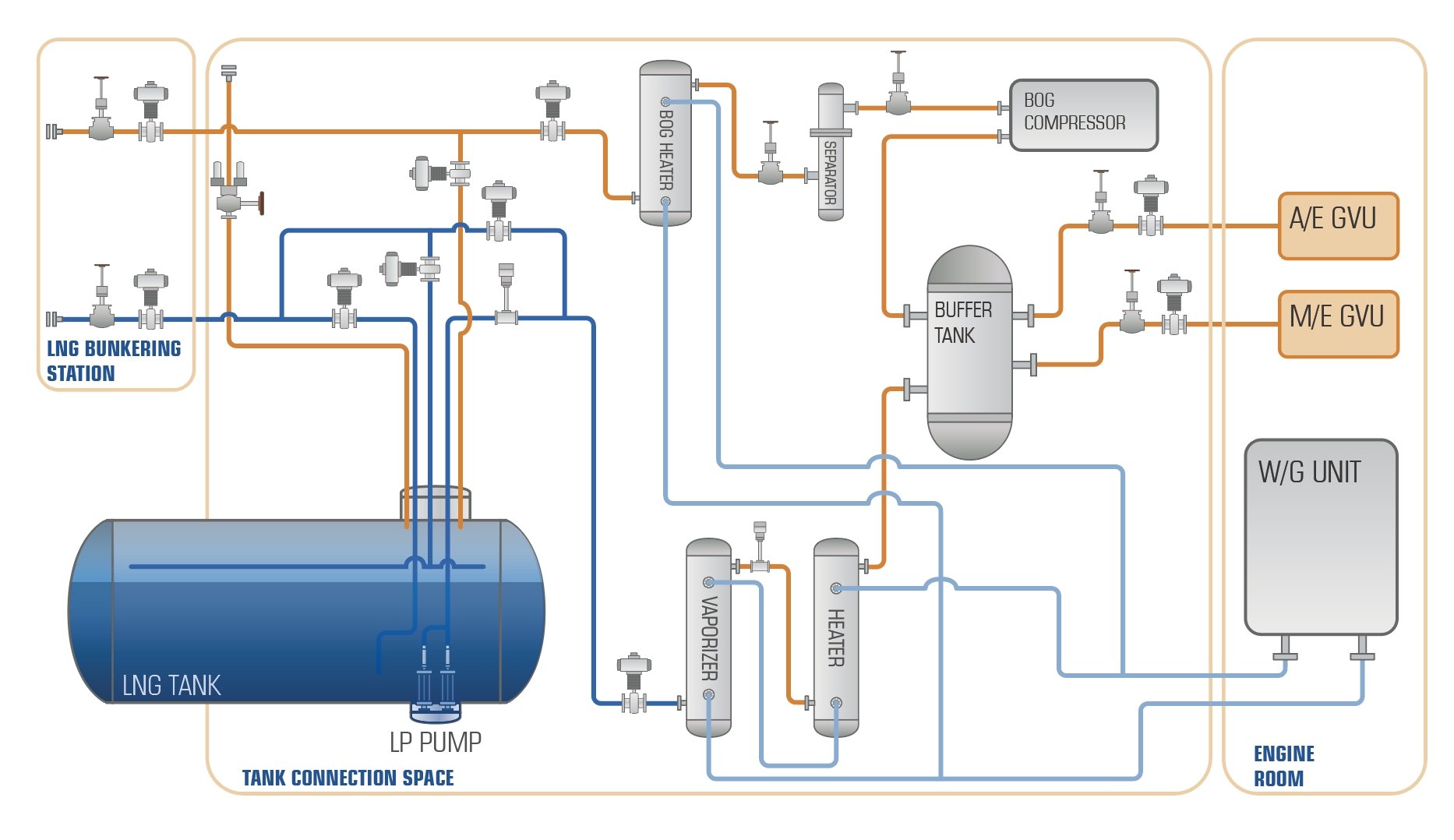
OceanGuard® Fuel Gas Supply System provides a one-stop solution for customers. The system integration scope includes fuel bunkering, gas storage, gas treatment, pre-adjustment and other main configurations, as well as nitrogen purge, auxiliary heating, dry powder fire extinguish, and other auxiliary gas supply systems.
The whole gas process package adopts customized development/modular design. The layout is optimized according to the ship arrangement. The natural gas is heated by an intermediate medium to reduce the risk of cross leakage between natural gas and heat source and to ensure the flexibility and stability of the gas supply system and heating unit under different environmental conditions in different navigation areas.
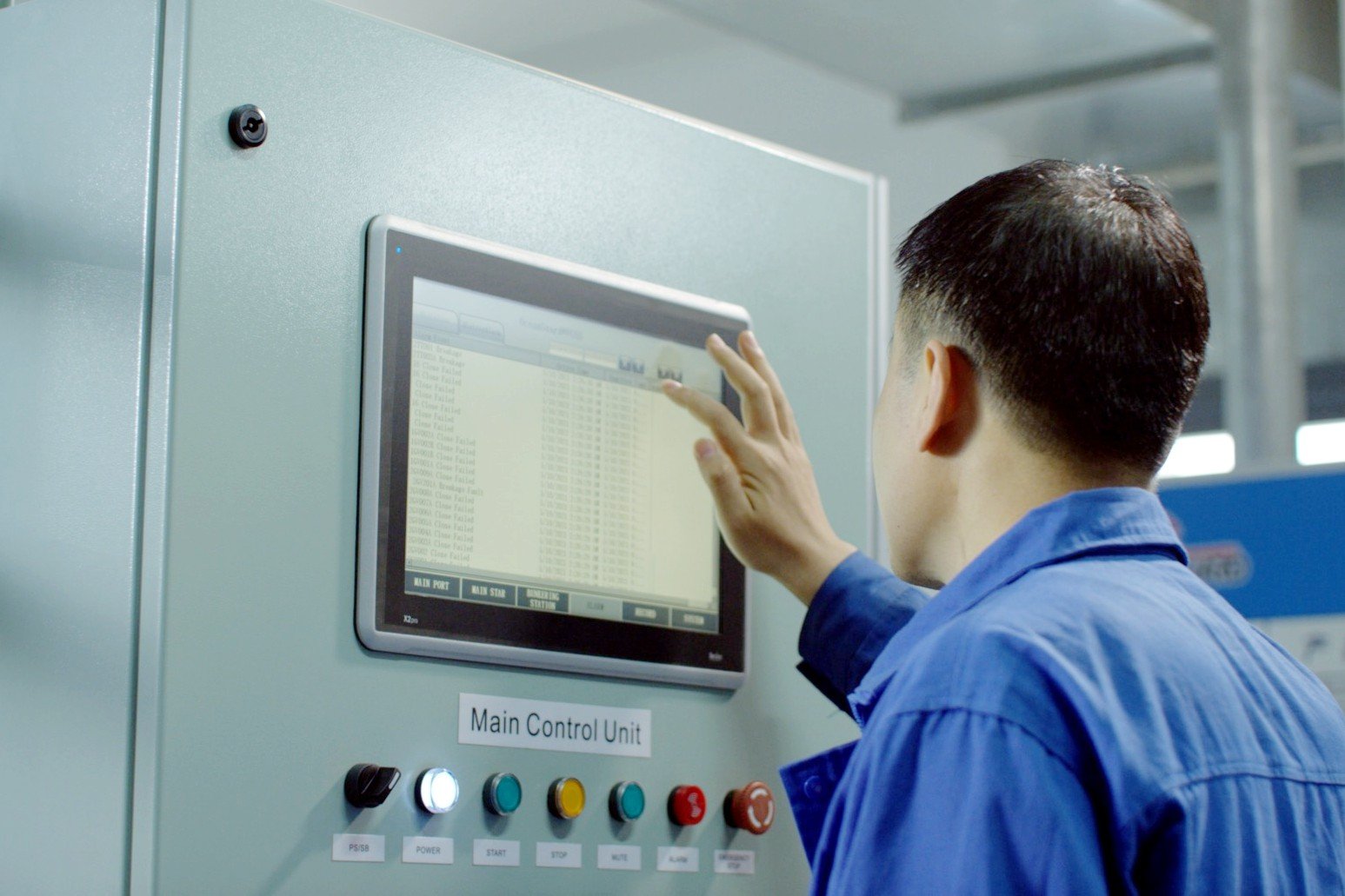
As the core of FGSS, the control and monitoring unit and safety control unit are the key components of the fine regulation of the system. The main control system and safety system use a safety controller and adopt a redundant diversity structure. Combined with hardware and software, the equipment can detect its working state at any time, which can ensure the redundancy reliability, and safety of the control and security system.
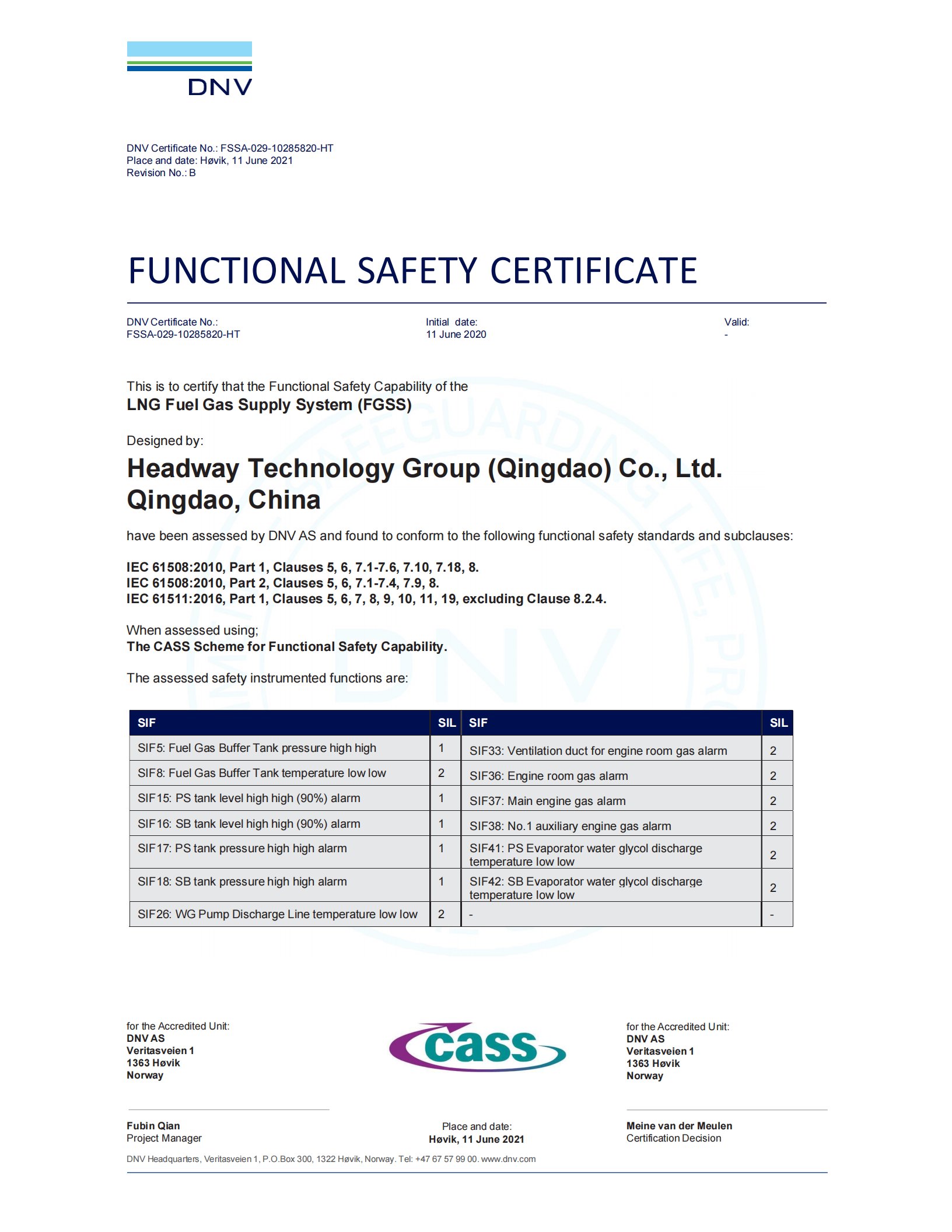
Taking safety as the priority, Headway has obtained the first Functional Safety Certificate in the industry. The key components of OceanGuard® FGSS are designed and produced according to the international standards and specifications required by the SIL certificate to ensure the safety of the ship, environment and crew as well as escort the operation of the ship.
【APPROVALS】
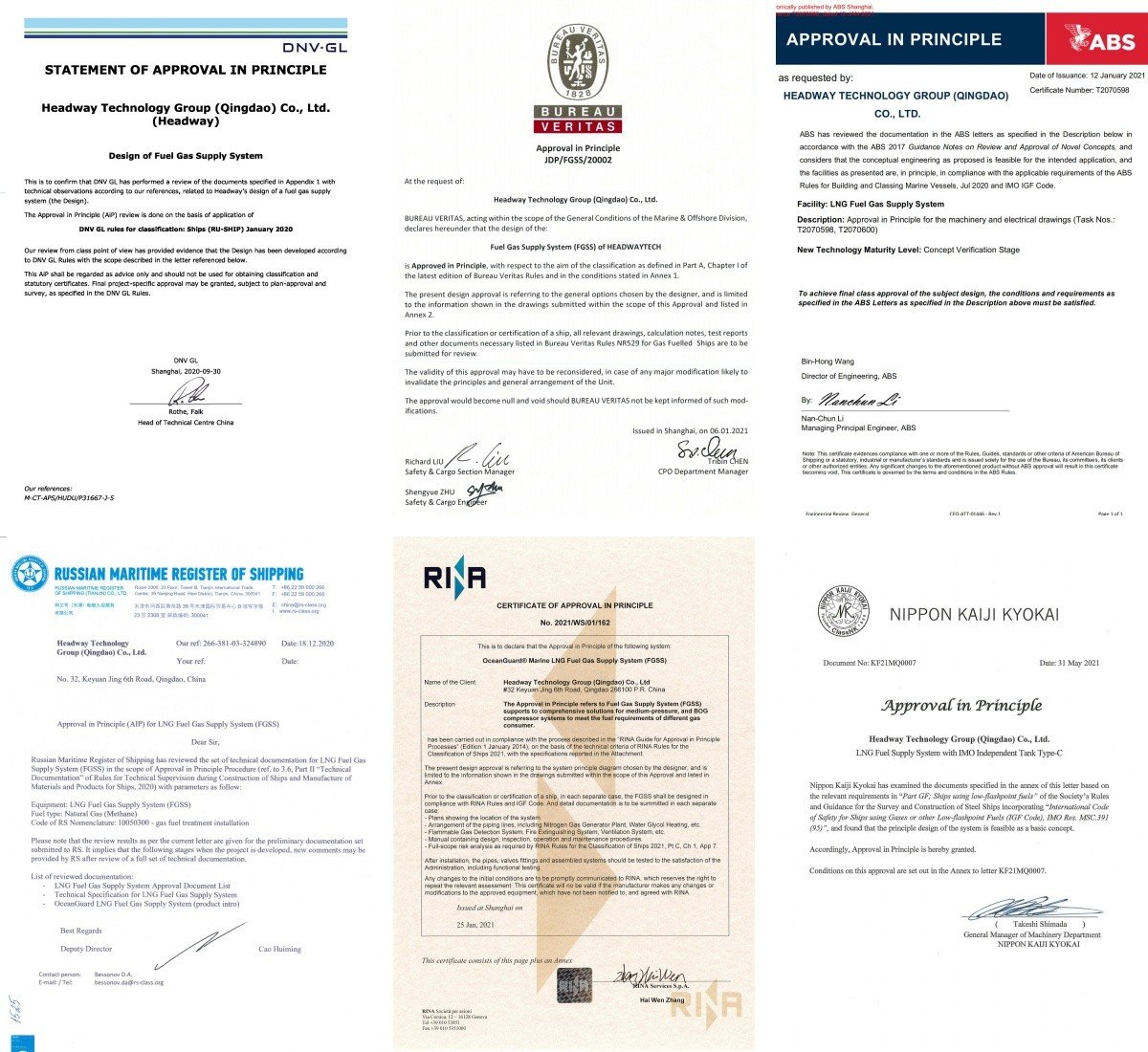
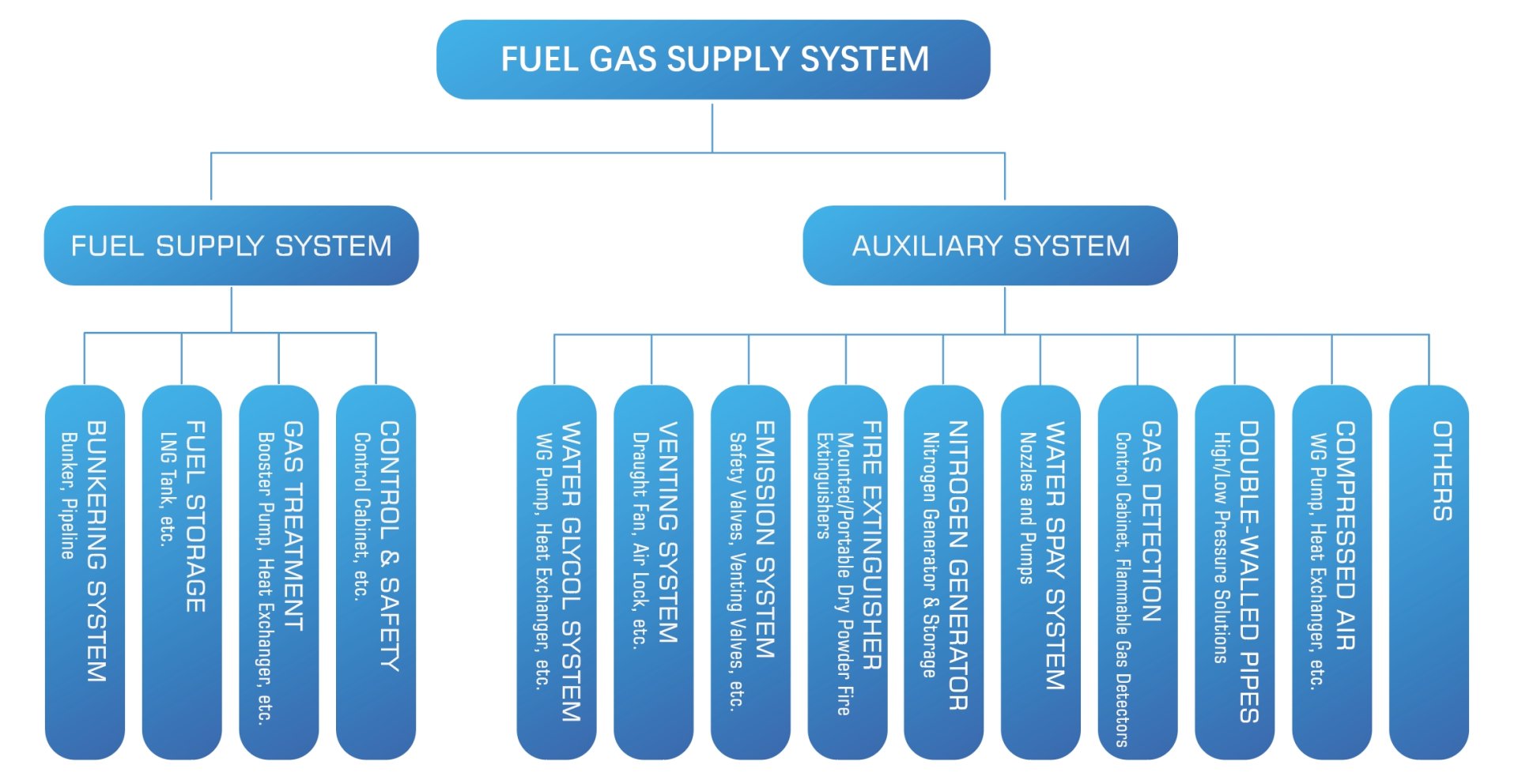
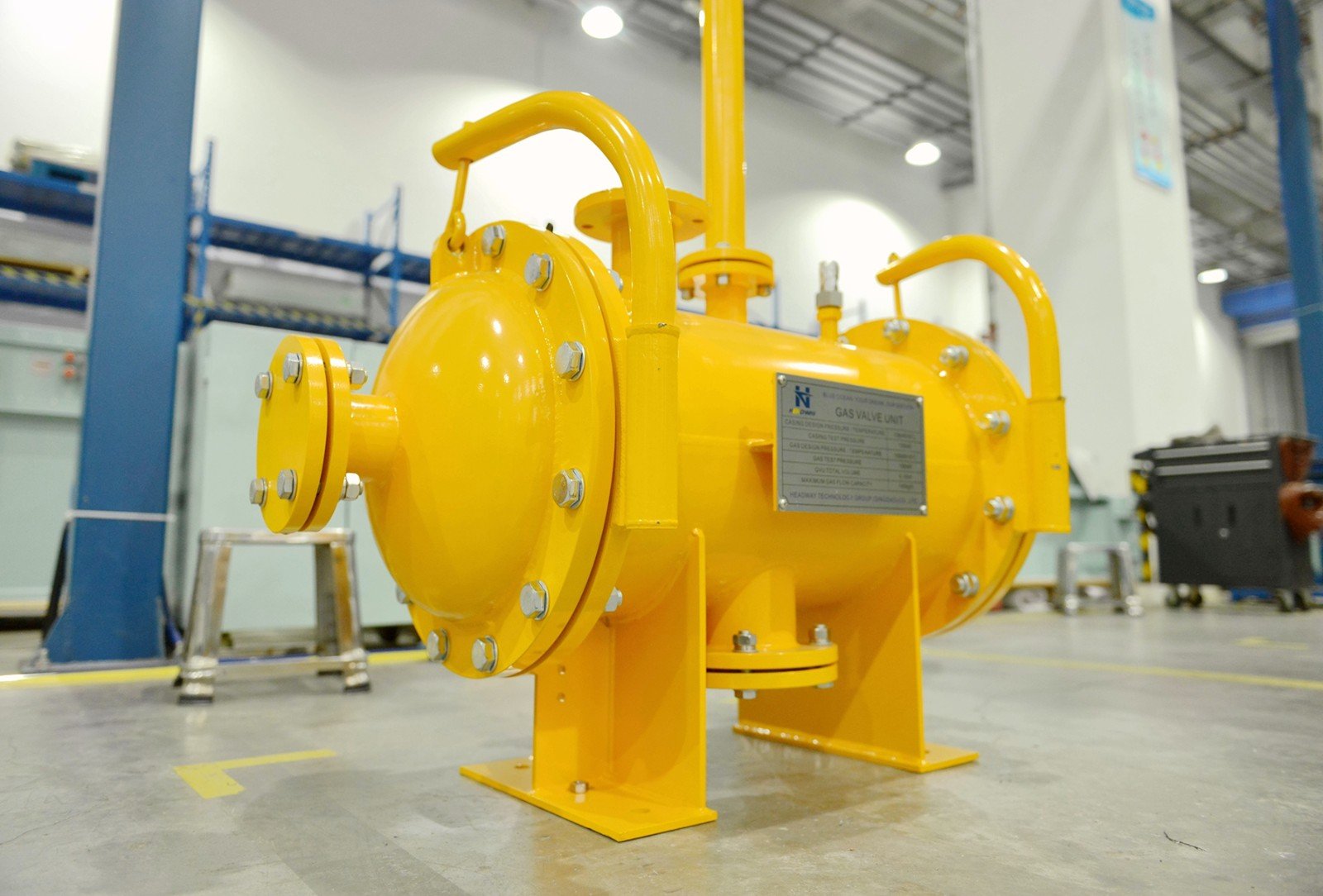
Gas Valve Unit(GVU)is a vital component between the Fuel Supply System and Engines. GVU includes Double Block Bleed Valves, Gas Control Valve, Gas Filters, etc. When fuel supply system or engine normally/emergently stopped, GVU will automatically cut out the gas supply, venting and purging to prevent the fuel gas from back flow.
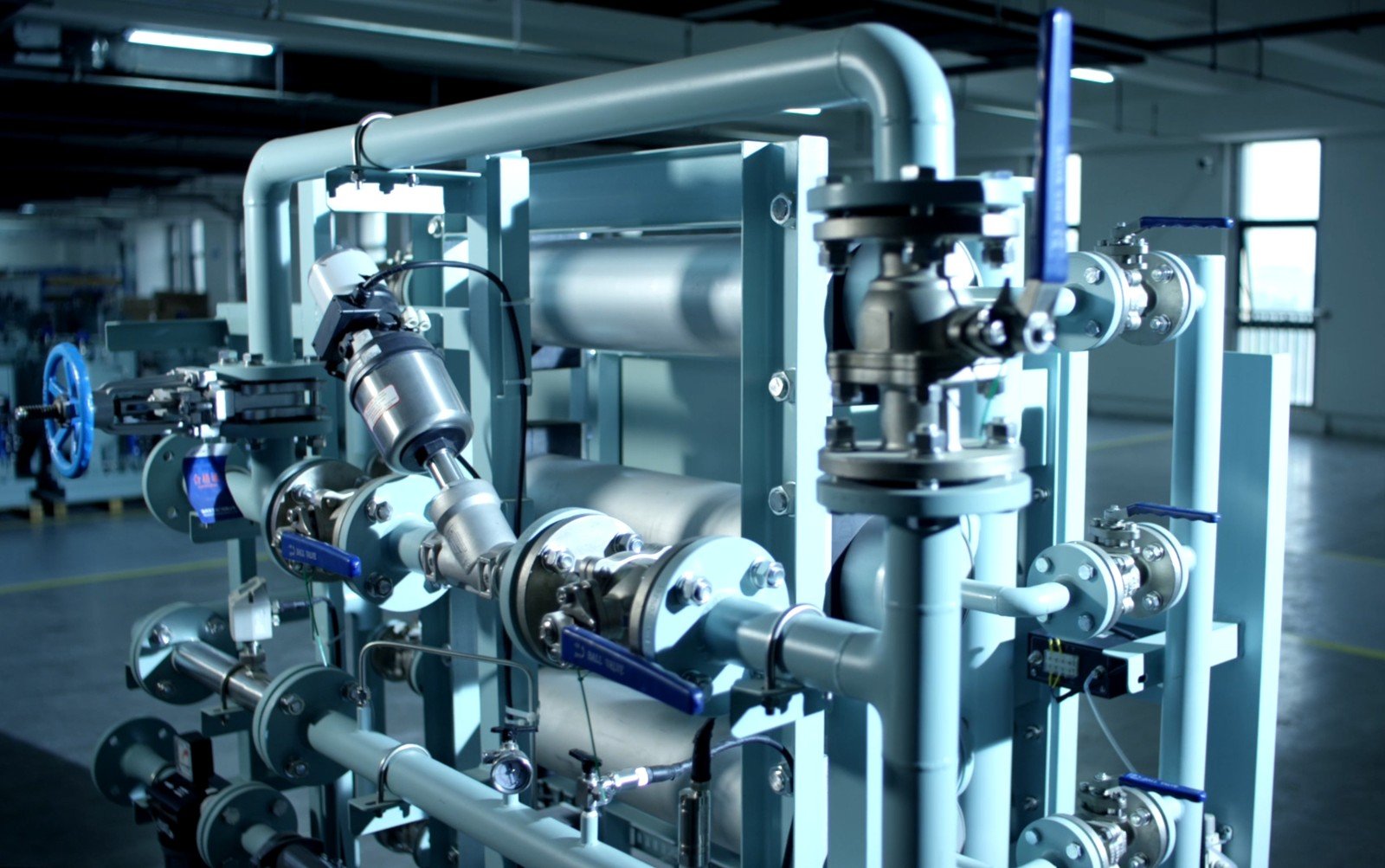
The Nitrogen Generator can generate required volume of nitrogen at rated purity to be used in fuel gas supply pipelines. With the permeation process, water, oxygen and some of the argon exit through the membrane sides of the fibers. Only nitrogen will remain as product. The Nitrogen Generator can meet the nitrogen requirement of most vessels with low power consumption, small size and high purity(no less than 99.5%).
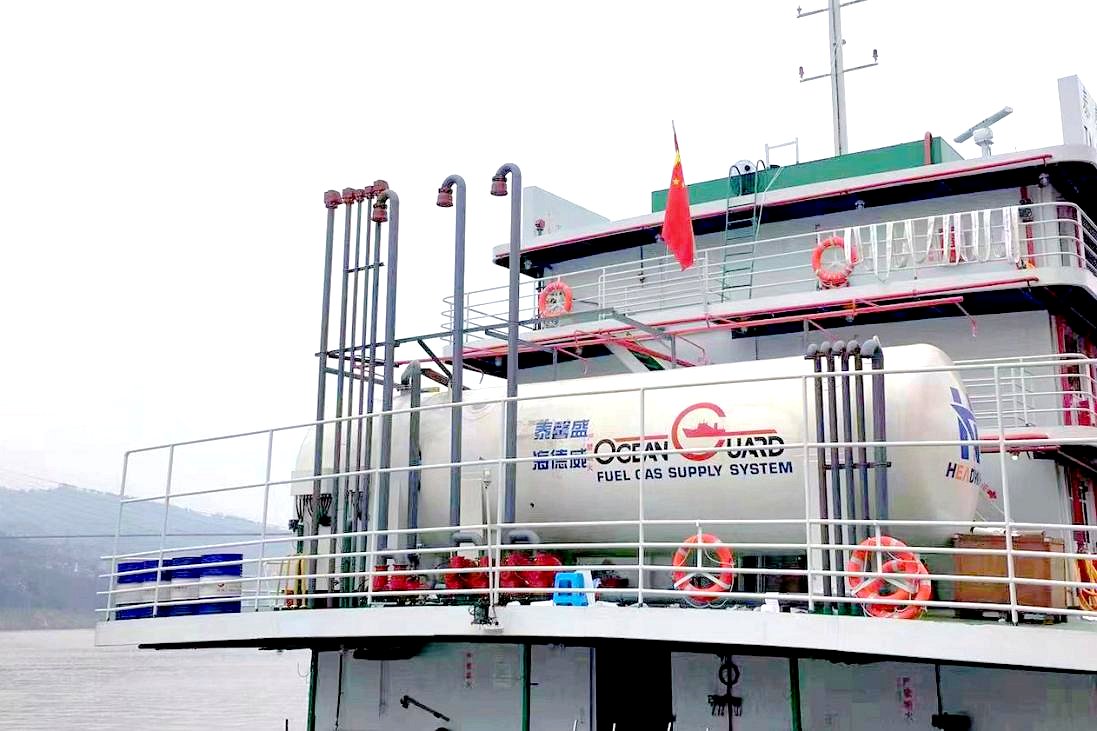
OceanGuard® FGSS is compatible with different types of LNG tanks. With the combination of compressor and BOG regasification system, OceanGuard® FGSS is capable of extending the tank holding time. Headway can provide type C tank that was approved by IMO, which is recognized by its stable performance and advanced technology. Headway can provide vacuum tanks and polyurethane coated tanks based on the situation and requirement of the ship.
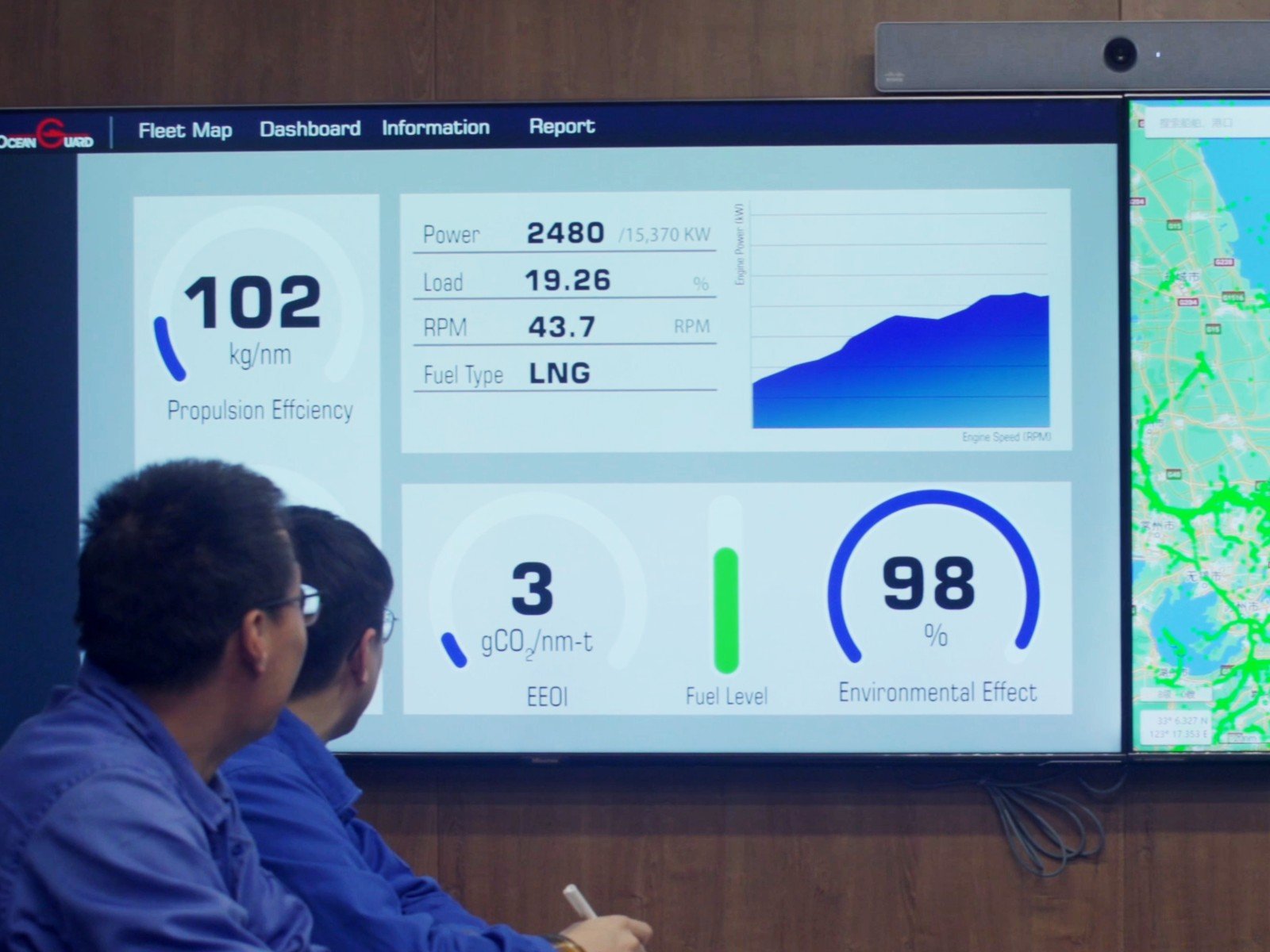
OceanGuard® FGSS provides customers with advanced operation model including "One-Key Start" together with "Cloud-based Control". Headway builds a shore-based ship intelligent platform for customers, through remote signal transmission, making all key parameters and operating indicators in a real-time, cloud-based monitoring state.
